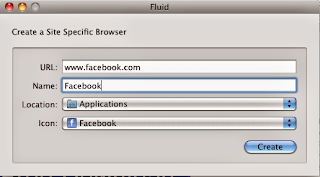The Time That Remains is Elia Suleiman's autobiographical account of his Palestinian family in Nazareth who lived under the post-1948 sovereignty of Israel.
A movie reviewThe Time That Remains (Al Zaman Al Baqi) (2009)
Director: Elia Suleiman
Starring: Elia Suleiman, Saleh Bakri, Zuhair Abu Hanna, Samar Tanus, Ayman Espanioli, Shafika Bajjali
The Time That Remains is Elia Suleiman's autobiographical account of his Palestinian family in Nazareth who lived under the post-1948 sovereignty of Israel. The film opens with the events that led Nazareth to surrender to Israeli forces in 1948. An Iraqi soldier runs through the streets of Nazareth after the Arabs surrender. White sheets of paper rain down from the sky announcing the details of the Israeli/Arab armistice. Fuad (played by a handsome Saleh Bakri), who we later learn is Elia Suleiman's father, is suspected of distributing arms to Arab fighters during the war and is tortured.









